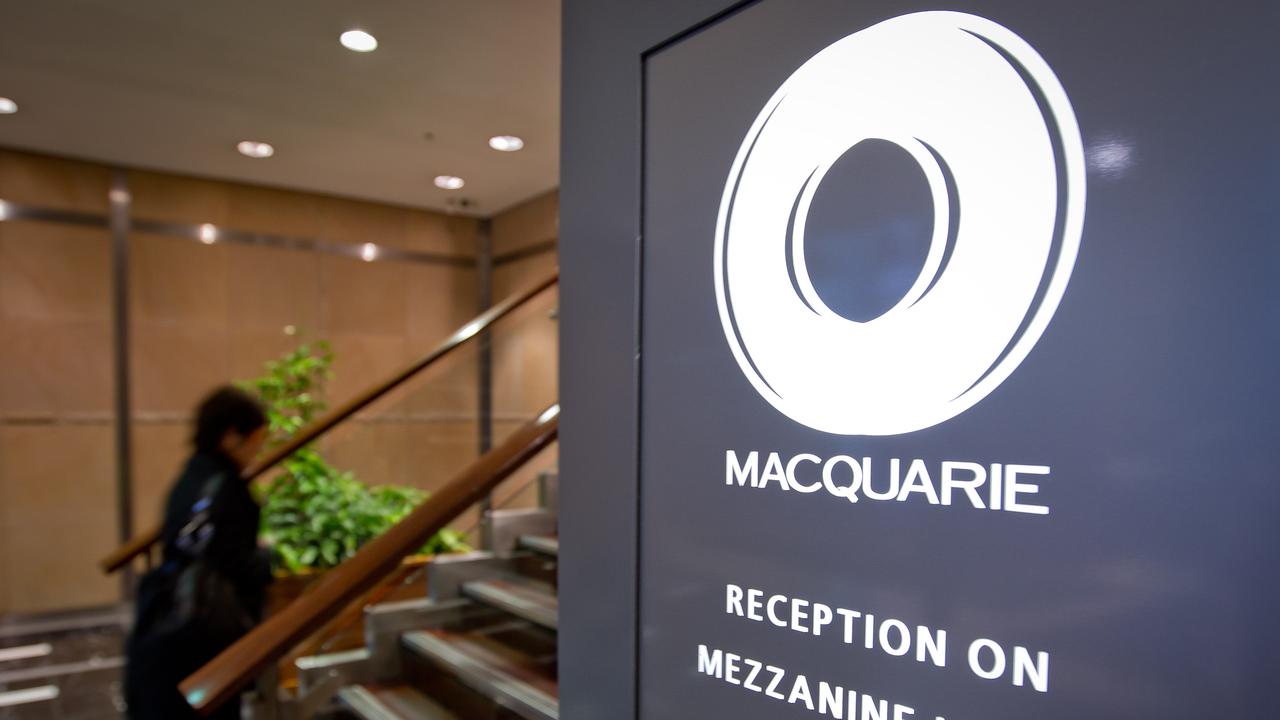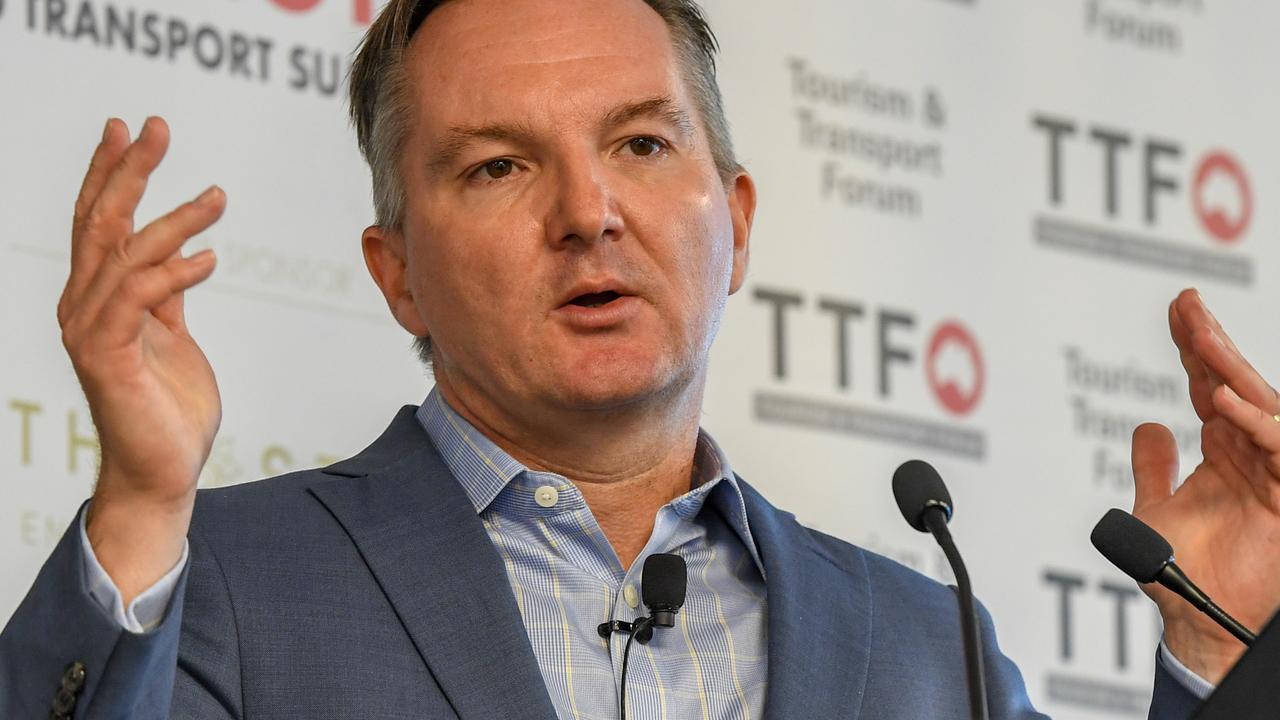US goes subprime all over again
It’s unbelievable but true: both the US and China appear not to have learned lessons from the GFC.

Fortunately, in 2017, unlike 2007, neither situation is set to bring on another global financial crisis.
In China, the problem arises from so called “shadow” loans by regional banks in areas where there are major corporate failures. In the US, the risk-guzzling US banks and investment banks have discovered the sub-prime loan techniques they used in property can be applied to car loans. And there is big money to be made.
Both China’s “shadow” loans and America’s sub-prime car loans are likely to have unhappy endings. I am grateful to Bloomberg for much of the material I am publishing today.
Let’s start with China. Here in Australia we are rejoicing at the higher iron ore and coking coal prices because the old dirty steel plants are being shut and replaced by modern steel plants using our raw materials.
But there is another side to the story. UBS’s Jason Bedford analysed 237 Chinese banks including many of the small and unlisted regional firms.
UBS found that shadow loans, in the form of trust beneficiary rights and directional asset-management plans, over one year grew almost 15 per cent to 14.1 trillion yuan ($US2.2 trillion) by December 2016.
Small regional lenders are major players in the market and most of this lending is to enterprises operating in what has become a nasty set of rust belts. There are defaults coming.
Now to the US and a decade after the mortgage debacle, the financial industry is again basking in the joys of sub-prime games via auto loans. And, according to Bloomberg, just like last time, the risks are spreading as dodgy auto loans are bundled into securities for investors worldwide.
According to Wells Fargo in 2009, $US2.5bn of new subprime auto bonds were sold. In 2016, $US26bn were issued. Thankfully, loans at that level will not threaten the US economy but all the old mistakes are being repeated, including lax lending standards that enable people to get loans without anyone verifying their incomes or job histories.
Wall Street’s appetite for high-yield investments has kept the loans — and the securitised bonds — coming. For investors, the allure of sub-prime car loans is clear: securities composed of such debt can offer yields as high as 5 per cent. In a world of ultra-low rates, that’s still more than triple the comparable yield for Treasuries. While these loans may not ravage the financial system, it means that US consumers will face more stress.
According to Bloomberg, when it comes to due diligence in auto loans, there is no industry wide standard. Unlike the current mortgage market, “stated-income loans” — better known as “liar loans” -- are perfectly legal in car buying. In other words, borrowers state false incomes.
Last month, Jeff Brown, Ally Financial Inc.’s chief executive, revealed that verifying income isn’t the norm, although Ally Financial checked incomes on 65 per cent of its sub-prime car loans as does GM Financial’s AmeriCredit.
But, overall, there is little reason to change given the success of Wall Street’s securitisation machine. One operator trying to get lender repossessed cars back into dealers often found dealers had listed non-existent features like sunroofs or alloy wheels to inflate a car’s value and win credit approval.
And, even when cars were repossessed, borrowers didn’t see their debts reduced. Their loans were usually extended so the underlying loss problem was hidden. Exactly what happened with housing loans 10 years ago. Unbelievable but true.
So far, protections built into the bonds have largely insulated investors from losses even as underlying delinquencies pile up. The losers, of course, are people who go into debt for cars they can’t afford.
What the US auto loan situation teaches us is that the land of the stars and stripes has not learned from the global financial crisis so it will come again sometime in the future.
In Australia if we have a sharp fall in house prices the lending policies of our four big banks will come under scrutiny and indeed analysts from around the world have described our housing market as a bubble. But we have recognised the danger.
Across the western world yield chasing has caused investors to be prepared to lower security standards to get yield. That’s one reason why central bankers are very nervous about increasing interest rates.







Both China and the US have a basic flaw in their financial systems. The American investment banks made so much money out of sub-prime loans in the previous decade that they can’t resist a double dip. They learned nothing. And the Chinese find it very hard to recognise losses.